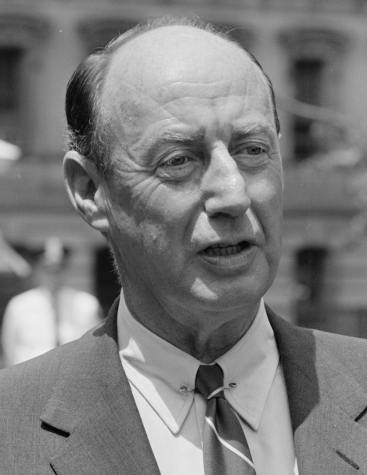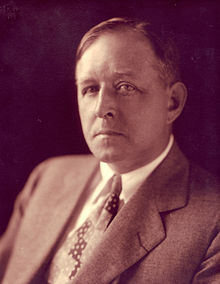Native American Roots
Originally settled by Native Americans, Mettawa took its name from the chief of a former Potawatomi Village that in the 1830s was located near Mettawa's southwestern border. The Indians traveled and hunted in this area and beyond to the two Villages just south of our borders.
In 1833, Daniel Wright learned about the fertile ground at Half-Day from two French-Indian traders living in the bluffs near Waukegan, (known then as Little Fort). Wright became Lake County's first permanent white settler when he built his house with Chief Mettawa's help. He was considered a good friend of the tribe. When his wife was sick, Mettawa sent for a doctor. When a fire destroyed Wright's home site buildings, Mettawa and the tribe helped him rebuild. The U.S. government forced the Indians to leave these lands in 1836, but much history remains on the old horseback trails, bent-trail marker trees, arrowhead relics, and the name given to Mettawa in tribute to Chief Mettawa by our founders.
By 1844, the U. S. government issued property deeds to settlers wanting to homestead in this beautiful area. In fact, Bradley Road takes its name from one of these early families. The first homesteaders in this area east of the Des Plaines River found a land filled with wetlands, prairie with beautiful flowers, hickory-oak forests, and a network of Indian trails linking the Villages and Forts. For the next 100 years much of the land suitable for growing crops was farmed.
In the early part of the 20th century, some land holdings were assembled into larger country estates and used as summer retreats.
 Two famous residents and landowners of the area were Adlai E. Stevenson (Governor of Illinois and candidate for U.S. President) and Edward H. Bennett (co-author with Daniel Burnham of the 1909 Plan of Chicago).
Two famous residents and landowners of the area were Adlai E. Stevenson (Governor of Illinois and candidate for U.S. President) and Edward H. Bennett (co-author with Daniel Burnham of the 1909 Plan of Chicago).
By the mid-20th century, there were 118 residents living in what is now the Village of Mettawa.
In 1959 a group of these residents decided to incorporate the Village of Mettawa to help control development and to maintain their increasingly rare rural environment by enacting five-acre zoning. The Village name was proposed by James Getz, the first Village Mayor who later served as President of the Lake County Historical Society.
Since 1960, the Village Board has supported the Lake County Forest Preserve as it acquired many acres of land in the Village for Forest Preserves. Today's Village borders contain five large preserves: MacArthur woods, the Adlai E. Stevenson Home, Grainger Woods, Daniel Wright, Lloyd's Woods (latter included into Wright Woods) and the Old School Forest Preserves.
True to the founders' vision, Mettawa's residents and businesses remain dedicated to land conservation and preservation of the rural character of the Village. The Mettawa Open Lands Association (MOLA) was founded in 1989, and formally activated in 2006. Since that time, professional local landscapers and MOLA volunteers have been working to transform "Whippoorwill Farm," a Mettawa Gateway Preserve, into a beautiful native landscape reminiscent of earlier times.
Side-by-side with the contractors at the Farm are DePaul University scientists/students performing "Best Practices" research (using five different methods to establish a prairie on a severely eroded field). Another example of land stewardship is the Deerpath Farm subdivision conservation community, which includes 140 acres of permanently protected open space, including wetlands, prairie and woods mixed with homesites.
For more than 18 years, businesses have worked with the Village in an effort to preserve the open lands. All business tax revenues collected by the Village help support Mettawa's vision by funding open space improvements, trail development and providing tax rebates for the residents. Currently, some of the largest businesses based in Mettawa include AbbVie Inc., Brunswick Corporation, Costco, Impact Networking, LLC, the Marriott Residence Inn, the Hilton Garden Inn (where official Village meetings are held), and Vyaire Medical. Mettawa is home to several other businesses listed on the website, such as Greens by White.
Today, Mettawa boasts over 550 residents, but many more people than that see its beauty everyday as they travel through the Village by foot, horseback, and bicycle along the Mettawa Trails with access to the Des Plaines River Trail or in their cars on Everett Road, Route 60/Townline Road, Riverwoods Road/Boulevard, Bradley Road, Old School Rd., St. Marys Road and Little St. Marys Road.
The Village Board with the support of other concerned residents serve to continue the mission of its founders in striving to protect the history, legacy, landscape, sustainability and preservation of the Village of Mettawa.
